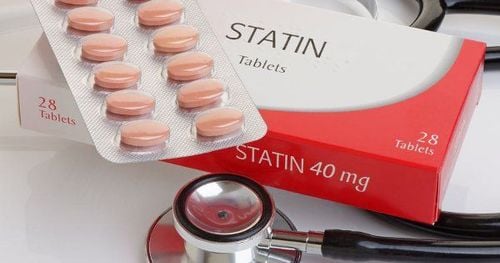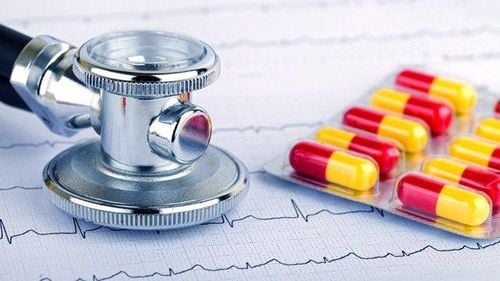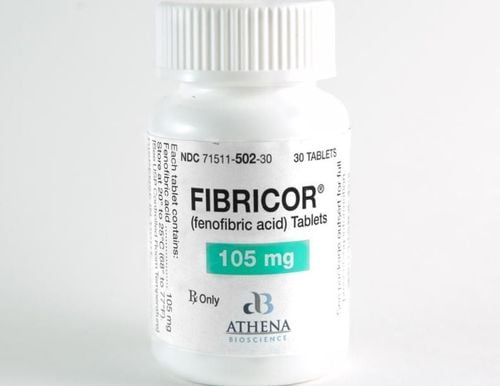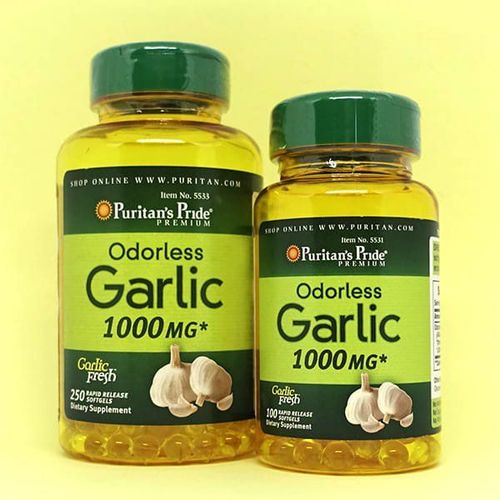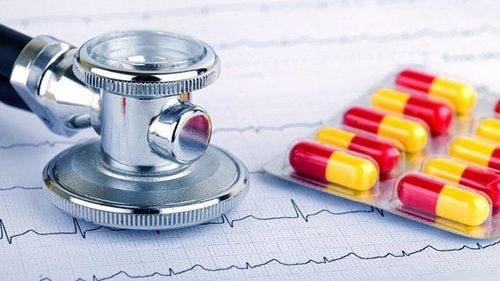This is an automatically translated article.
The article was professionally consulted by Dr. Nguyen Van Duong - Interventional Cardiologist - Cardiovascular Center - Vinmec Central Park International General Hospital.The main cause of claudication is atherosclerosis, the disease has symptoms of pain when walking and then disappearing at rest. This is a serious warning sign for people at high risk of heart attack and stroke.
1. What is claudication?
Claudication is a feeling of pain, fatigue, or weakness in the legs, usually during activities such as walking. Typically, symptoms appear when you are active, and go away shortly after resting. Arteries carry blood rich in oxygen and nutrients from the heart to the rest of the body. Accordingly, when the arteries in the legs are narrowed or blocked, the muscles there will not receive enough oxygen and nutrients needed for activities. Doctors call this hypoxia of the legs.2. Intermittent pain symptoms
In the early stages of the disease, your legs are still getting enough oxygen at rest, so you won't feel pain in your legs if you don't walk.If the artery in the leg is so narrow or blocked that there is not enough blood to supply it, then you will feel pain when walking.
Claudication can cause the following symptoms:
2.1 Pain when exercising
Depending on the location of the narrowing of the artery in your leg, your pain may be in your feet, calves, thighs, groin, or buttocks. Claudication can also occur in the hands.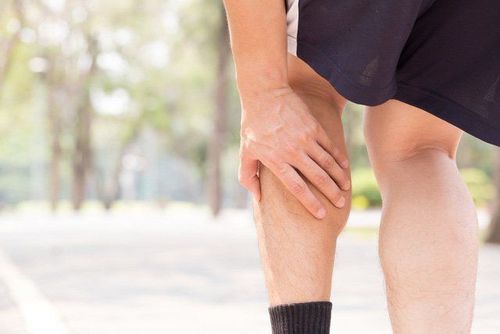
Đau cách hồi xảy ra khi vận động
2.2 Repeated pain
These pains often come and go, intermittent, especially when you reduce the intensity of activity, you feel completely normal.2.3 Pain even at rest
As the disease progresses, pain symptoms not only appear when moving, when walking, but even when lying or sitting still.2.4 Skin color change or ulceration
This happens when nutrient blood flow is severely reduced, and your fingers or toes may turn blue-violet and cold. This is followed by the appearance of ulcers.Other possible symptoms are:
Pain or burning sensation Weakness of the arms or legs
3. Complications of claudication
When the blood supply to your arms or legs is severely reduced, your hands and feet will feel sore and cold, even when you're at rest.In severe cases of peripheral artery disease, skin nutrition is very poor, skin ulcers will become difficult to heal. Most dangerously, untreated ulcers will continue to spread, leading to gangrene and eventual amputation.
4. Treat potential causes of peripheral artery disease
The treatment of nerve and vascular claudication can help limit the progression of the disease, reduce symptoms, where lifestyle changes are the most basic first step.
4.1 Lifestyle changes and exercise therapy
4.1.1 Exercise therapy
This is the initial treatment of claudication. Your doctor will help you come up with a personalized exercise plan. The detailed plan includes the type of exercise, how heavy or light, how long or short, how many times a week.Recommendations in claudication are usually walking for an hour or more, regularly 3 times a week or more, for at least 3 to 6 months. The goal is to walk longer without causing too much pain in your feet.
4.1.2 No smoking
Smoking is a major factor in the development and exacerbation of peripheral artery disease.
Không hút thuốc lá giúp ngăn ngừa bệnh động mạch ngoại biên
4.1.3 Know and control blood cholesterol level
You should eat less fat, increase fruits, vegetables, grains, legumes combined with appropriate exercise every day.4.1.4 Pay attention to foot and leg injuries
When blood flow to the tissues in your legs is reduced, your chances of complications from these injuries such as delayed healing, ulcers, gangrene, and amputations are increased. You should pay attention to wear socks, shoes or soft sandals when participating in activities that can easily injure you.4.1.5 Keep feet below heart level
To ensure a smooth flow of blood to your legs and feet when you sleep, you can raise the head of the bed a little higher or lower the foot of the bed a little.4.2 Treatment of peripheral artery disease
4.2.1 Drug use
Your doctor may prescribe the drug cilostazol (Pletal) to help you increase walking time without pain or discomfort. However, this medicine may not be as effective if you have heart disease.If needed, your doctor will prescribe statins, to help you control your cholesterol, and medications to control blood pressure.
4.2.2 Angioplasty and stenting interventions
Treatment of intermittent claudication with balloon angioplasty and stenting is indicated for severe arterial stenosis. In this method, the doctor intervenes by inserting a catheter into the blood vessel to the narrowing site, then inflates the balloon to reduce the degree of narrowing, and finally places stents (metal supports) into the narrow area to keep the narrowing. blood vessels are enlarged4.2.3 Vascular surgery
The surgeon will use strong vessels taken from other parts of the body, conduct blood flow from where there is normal flow and then continue through the narrow to supply blood to the areas affected by the lack of blood. blood.When detecting symptoms of claudication, you need to go to the hospital for treatment to avoid serious effects of the disease.
Dr. Nguyen Van Duong has many years of experience in the diagnosis and treatment of internal cardiovascular diseases and cardiovascular interventions; Perform other noninvasive functional investigations in the diagnosis and treatment of cardiovascular diseases. Currently working as a treating doctor at Cardiovascular Center, Vinmec Central Park Hospital since August 2017.
Any questions that need to be answered by a specialist doctor as well as customers wishing to examine and treat at Vinmec International General Hospital, you can contact Vinmec Health System nationwide or register online HERE.





